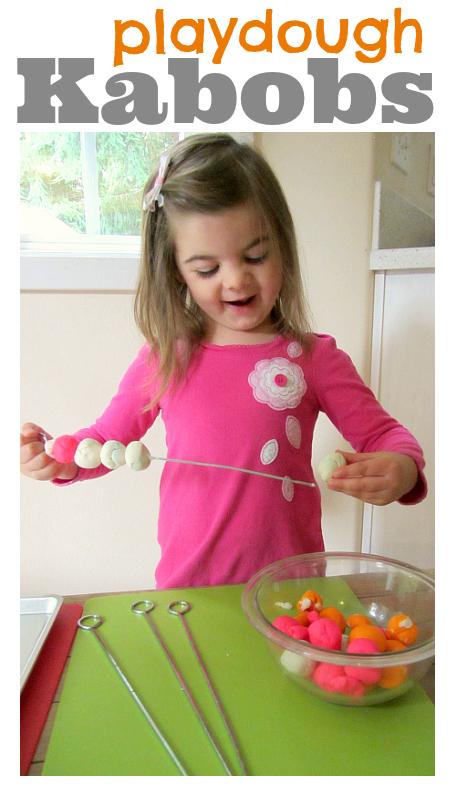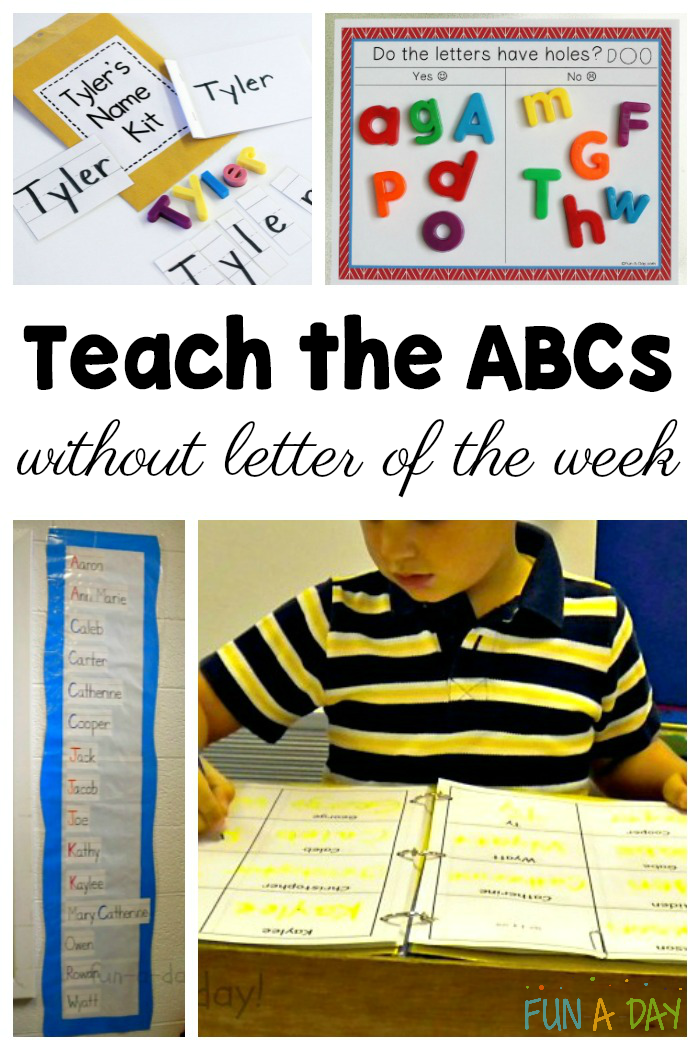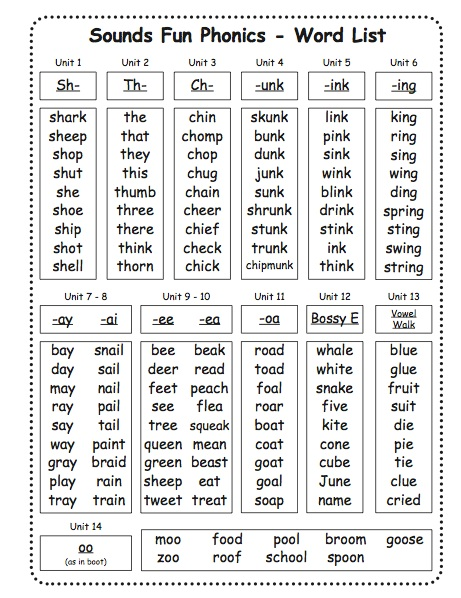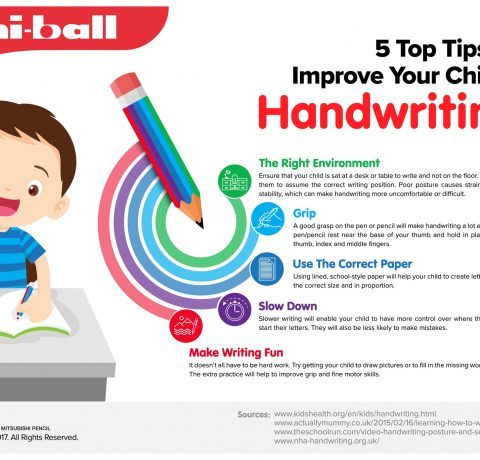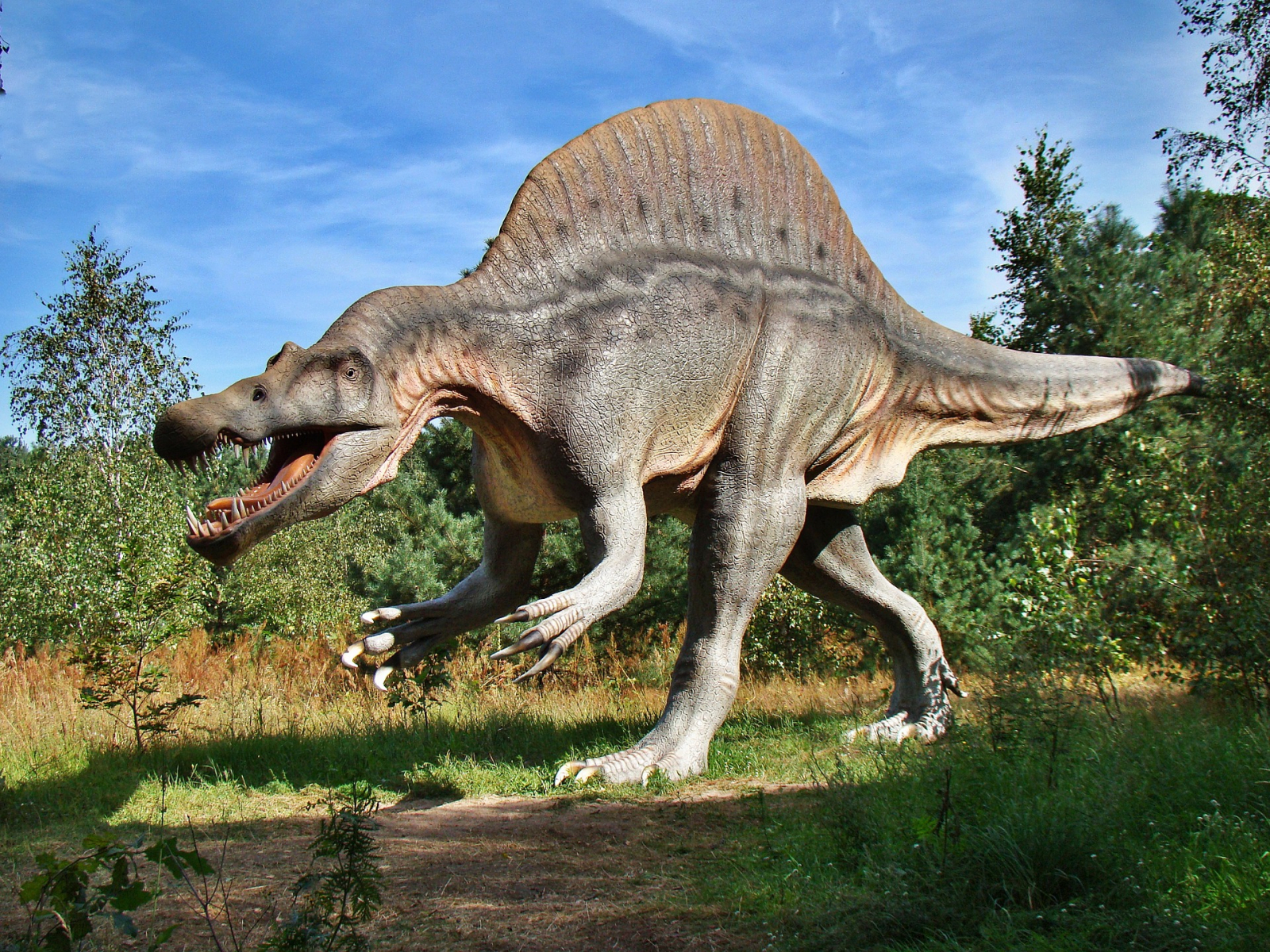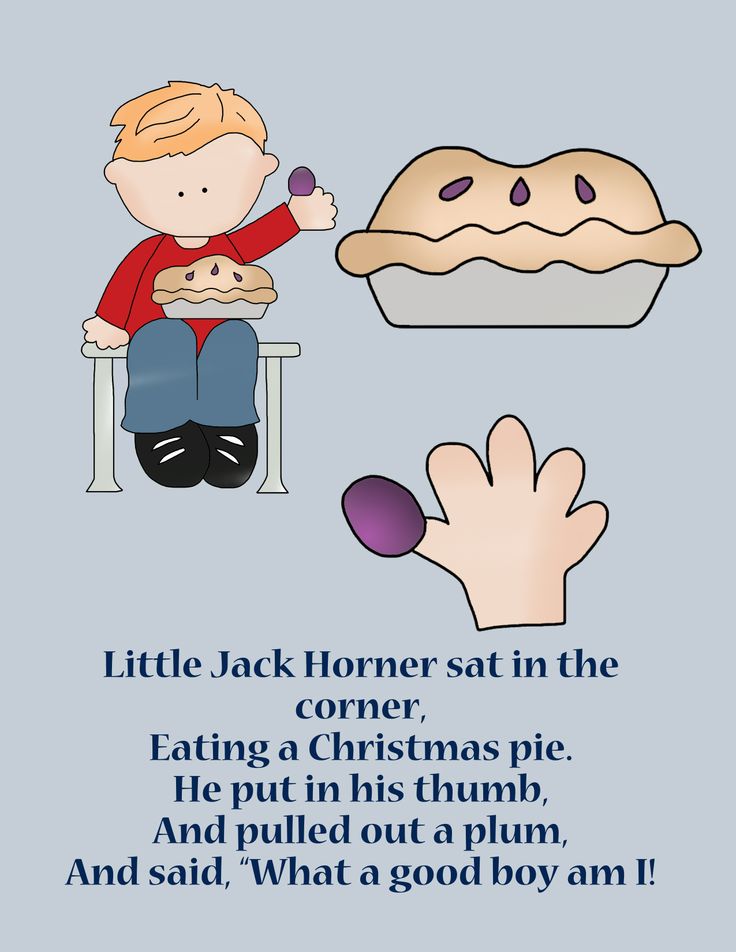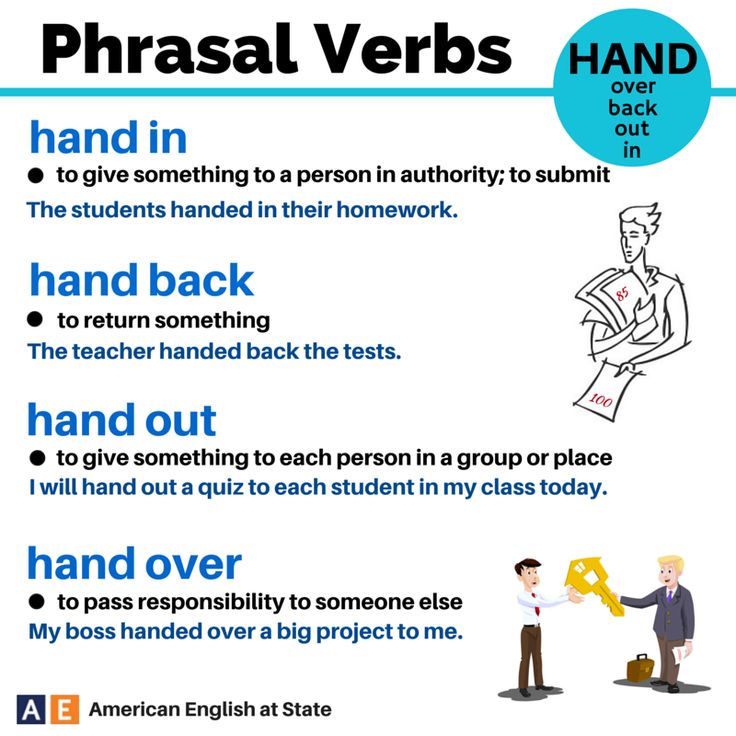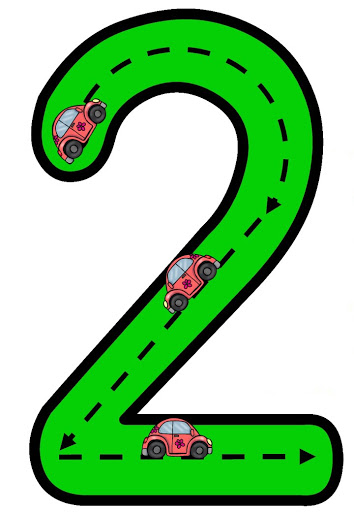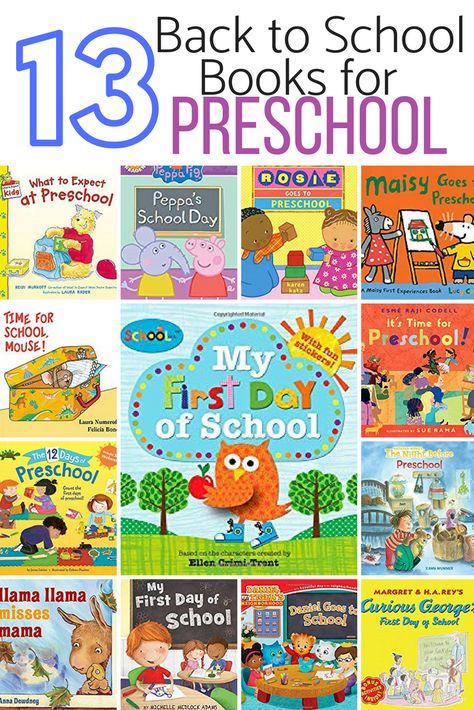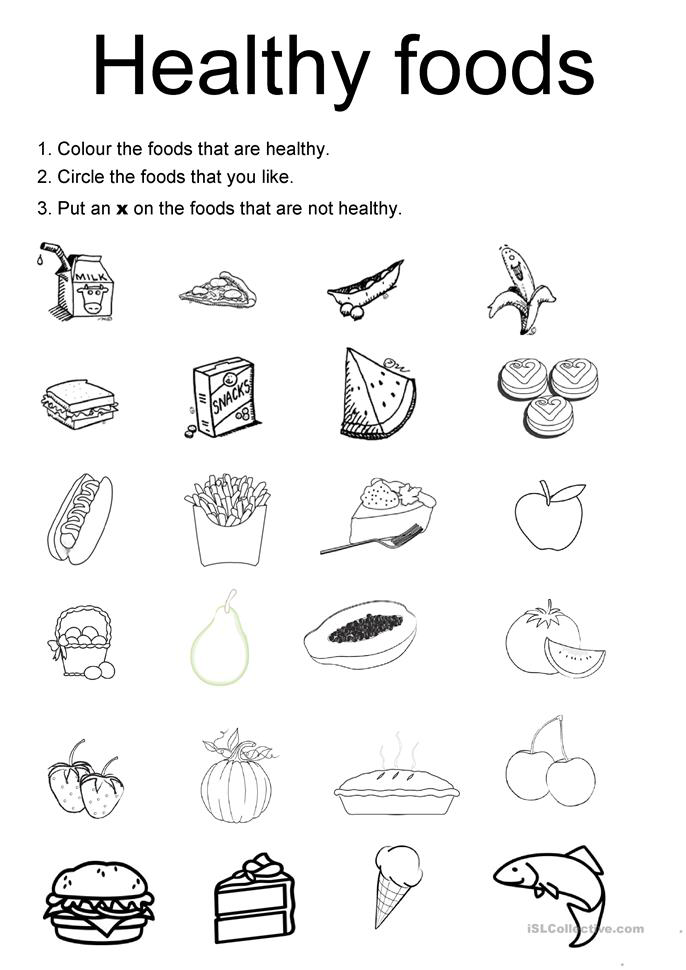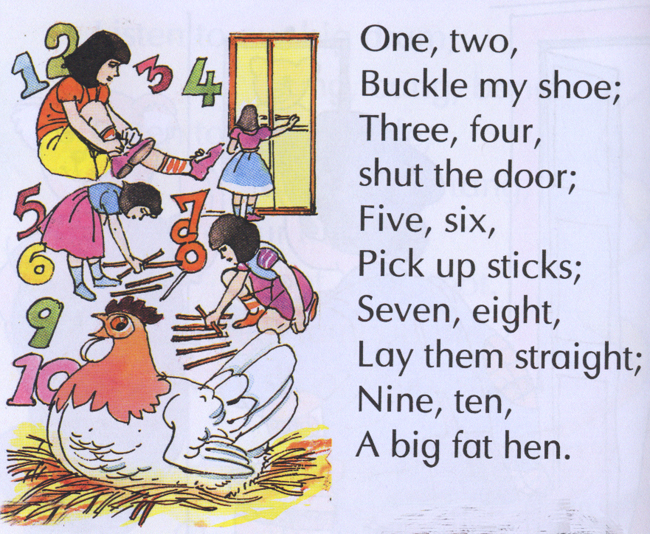Math skills for 3 year olds
Math Skills and Milestones by Age
Kids start learning math the moment they start exploring the world. Each skill — from identifying shapes to counting to finding patterns — builds on what they already know.
There are certain math milestones most kids hit at roughly the same age. But keep in mind that kids develop math skills at different rates. If kids don’t yet have all the skills listed for their age group, that’s OK.
Here’s how math skills typically develop as kids get older.
Babies (ages 0–12 months)
- Begin to predict the sequence of events (like running water means bath time)
- Start to understand basic cause and effect (shaking a rattle makes noise)
- Begin to classify things in simple ways (some toys make noise and others don’t)
- Start to understand relative size (baby is small, parents are big)
- Begin to understand words that describe quantities (more, bigger, enough)
Toddlers (ages 1–2 years)
- Understand that numbers mean “how many” (using fingers to show how many years old they are)
- Begin reciting numbers, but may skip some of them
- Understand words that compare or measure things (under, behind, faster)
- Match basic shapes (triangle to triangle, circle to circle)
- Explore measurement by filling and emptying containers
- Start seeing patterns in daily routines and in things like floor tiles
Preschoolers (ages 3–4 years)
- Recognize shapes in the real world
- Start sorting things by color, shape, size, or purpose
- Compare and contrast using classifications like height, size, or gender
- Count up to at least 20 and accurately point to and count items in a group
- Understand that numerals stand for number names (5 stands for five)
- Use spatial awareness to put puzzles together
- Start predicting cause and effect (like what will happen if they drop a toy in a tub full of water)
Kindergartners (age 5 years)
- Add by counting the fingers on one hand — 1, 2, 3, 4, 5 — and starting with 6 on the second hand
- Identify the larger of two numbers and recognize numerals up to 20
- Copy or draw symmetrical shapes
- Start using very basic maps to find a “hidden treasure”
- Begin to understand basic time concepts, like morning or days of the week
- Follow multi-step directions that use words like first and next
- Understand the meaning of words like unlikely or possible
First and second graders
- Predict what comes next in a pattern and create own patterns
- Know the difference between two- and three-dimensional shapes and name the basic ones (cubes, cones, cylinders)
- Count to 100 by ones, twos, fives, and tens
- Write and recognize the numerals 0 to 100, and the words for numbers from one to twenty
- Do basic addition and subtraction up to 20
- Read and create a simple bar graph
- Recognize and know the value of coins
Third graders
- Move from using hands-on methods to using paper and pencil to work out math problems
- Work with money
- Do addition and subtraction with regrouping (also known as borrowing)
- Understand place value well enough to solve problems with decimal points
- Know how to do multiplication and division, with help from fact families (collections of related math facts, like 3 × 4 = 12 and 4 × 3 = 12)
- Create a number sentence or equation from a word problem
Fourth and fifth graders
- Start applying math concepts to the real world (like cutting a recipe in half)
- Practice using more than one way to solve problems
- Write and compare fractions and decimals and put them in order on a number line
- Compare numbers using > (greater than) and < (less than)
- Start two- and three-digit multiplication (like 312 × 23)
- Complete long division, with or without remainders
- Estimate and round
Middle-schoolers
- Begin basic algebra with one unknown number (like 2 + x = 10)
- Use coordinates to locate points on a grid, also known as graphing ordered pairs
- Work with fractions, percentages, and proportions
- Work with lines, angles, types of triangles, and other basic geometric shapes
- Use formulas to solve complicated problems and to find the area, perimeter, and volume of shapes
High-schoolers
- Understand that numbers can be represented in many ways (fractions, decimals, bases, and variables)
- Use numbers in real-life situations (like calculating a sale price or comparing student loans)
- Begin to see how math ideas build on one another
- Begin to understand that some math problems don’t have real-world solutions
- Use mathematical language to convey thoughts and solutions
- Use graphs, maps, or other representations to learn and convey information
Remember that kids develop at different paces. Some may gain some math skills later than other kids or have some that are advanced for their age.
If you're concerned about progress in math, find out why some kids have trouble with math, and next steps to take.
Related topics
Math Skills and Milestones by Age
Kids start learning math the moment they start exploring the world. Each skill — from identifying shapes to counting to finding patterns — builds on what they already know.
There are certain math milestones most kids hit at roughly the same age. But keep in mind that kids develop math skills at different rates. If kids don’t yet have all the skills listed for their age group, that’s OK.
Here’s how math skills typically develop as kids get older.
Babies (ages 0–12 months)
- Begin to predict the sequence of events (like running water means bath time)
- Start to understand basic cause and effect (shaking a rattle makes noise)
- Begin to classify things in simple ways (some toys make noise and others don’t)
- Start to understand relative size (baby is small, parents are big)
- Begin to understand words that describe quantities (more, bigger, enough)
Toddlers (ages 1–2 years)
- Understand that numbers mean “how many” (using fingers to show how many years old they are)
- Begin reciting numbers, but may skip some of them
- Understand words that compare or measure things (under, behind, faster)
- Match basic shapes (triangle to triangle, circle to circle)
- Explore measurement by filling and emptying containers
- Start seeing patterns in daily routines and in things like floor tiles
Preschoolers (ages 3–4 years)
- Recognize shapes in the real world
- Start sorting things by color, shape, size, or purpose
- Compare and contrast using classifications like height, size, or gender
- Count up to at least 20 and accurately point to and count items in a group
- Understand that numerals stand for number names (5 stands for five)
- Use spatial awareness to put puzzles together
- Start predicting cause and effect (like what will happen if they drop a toy in a tub full of water)
Kindergartners (age 5 years)
- Add by counting the fingers on one hand — 1, 2, 3, 4, 5 — and starting with 6 on the second hand
- Identify the larger of two numbers and recognize numerals up to 20
- Copy or draw symmetrical shapes
- Start using very basic maps to find a “hidden treasure”
- Begin to understand basic time concepts, like morning or days of the week
- Follow multi-step directions that use words like first and next
- Understand the meaning of words like unlikely or possible
First and second graders
- Predict what comes next in a pattern and create own patterns
- Know the difference between two- and three-dimensional shapes and name the basic ones (cubes, cones, cylinders)
- Count to 100 by ones, twos, fives, and tens
- Write and recognize the numerals 0 to 100, and the words for numbers from one to twenty
- Do basic addition and subtraction up to 20
- Read and create a simple bar graph
- Recognize and know the value of coins
Third graders
- Move from using hands-on methods to using paper and pencil to work out math problems
- Work with money
- Do addition and subtraction with regrouping (also known as borrowing)
- Understand place value well enough to solve problems with decimal points
- Know how to do multiplication and division, with help from fact families (collections of related math facts, like 3 × 4 = 12 and 4 × 3 = 12)
- Create a number sentence or equation from a word problem
Fourth and fifth graders
- Start applying math concepts to the real world (like cutting a recipe in half)
- Practice using more than one way to solve problems
- Write and compare fractions and decimals and put them in order on a number line
- Compare numbers using > (greater than) and < (less than)
- Start two- and three-digit multiplication (like 312 × 23)
- Complete long division, with or without remainders
- Estimate and round
Middle-schoolers
- Begin basic algebra with one unknown number (like 2 + x = 10)
- Use coordinates to locate points on a grid, also known as graphing ordered pairs
- Work with fractions, percentages, and proportions
- Work with lines, angles, types of triangles, and other basic geometric shapes
- Use formulas to solve complicated problems and to find the area, perimeter, and volume of shapes
High-schoolers
- Understand that numbers can be represented in many ways (fractions, decimals, bases, and variables)
- Use numbers in real-life situations (like calculating a sale price or comparing student loans)
- Begin to see how math ideas build on one another
- Begin to understand that some math problems don’t have real-world solutions
- Use mathematical language to convey thoughts and solutions
- Use graphs, maps, or other representations to learn and convey information
Remember that kids develop at different paces.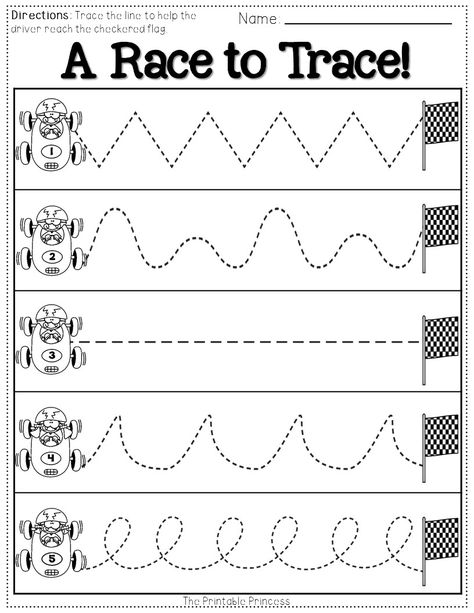 Some may gain some math skills later than other kids or have some that are advanced for their age.
Some may gain some math skills later than other kids or have some that are advanced for their age.
If you're concerned about progress in math, find out why some kids have trouble with math, and next steps to take.
Related topics
Mathematics for children 3-4 years old. Counting up to 10. Games and tasks for printing
At the age of 3-4 years, children have their first ideas about mathematics. To continue introducing your baby to the world of numbers and shapes, we offer parents to stock up on an arsenal of exciting activities. Remember that the most effective way to teach a child is through play. So knowledge will fit in the head of a young researcher much better, and interest in knowledge will only increase.
Audio version of the article "MATHEMATICS FOR CHILDREN 3-4 YEARS OLD. LEARN COUNTING TO 10" The audio tag is not supported by your browser. Download. MATHEMATICS FOR CHILDREN 3-4 YEARS.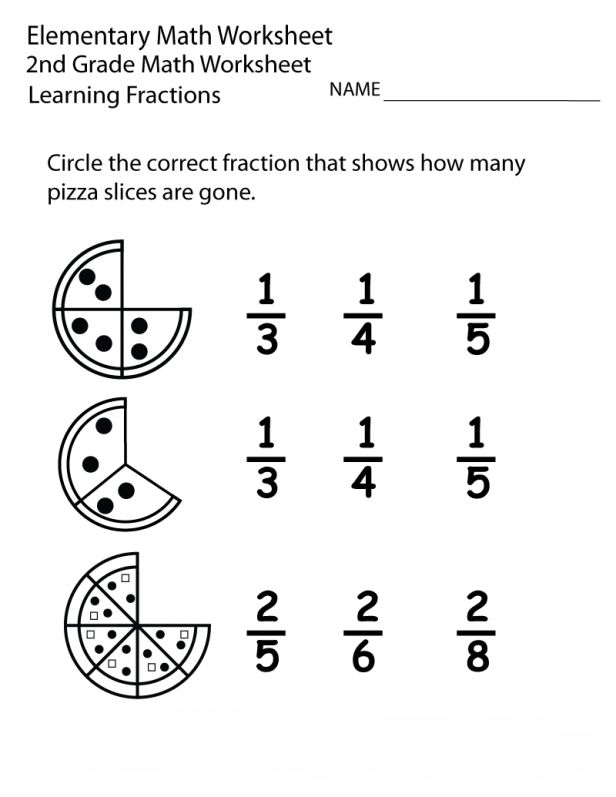 LEARN COUNTING TO 10
LEARN COUNTING TO 10
Contents
Mathematics for children. We continue to study the numbers
Exercises for consolidating the account up to 10
- We play and remember the sequence of numbers
- Children's counts on the account up to 10
Games for the ratio of numbers and objects
- Games with cards
- Book the number
- Play in shop
- Puzzle games
Learning to compare “How much more is how much less”
- Treat your friends
- Compare cards
- Who is more
The first addition and subtraction examples. Learning to equalize objects
Children 3-4 years old are distinguished by high cognitive activity. Toddlers can perform simple operations within 5: count in order, recognize numbers, compare the number of objects. A three-year-old child understands the meaning of the words "more" and "less", has an idea about addition and subtraction.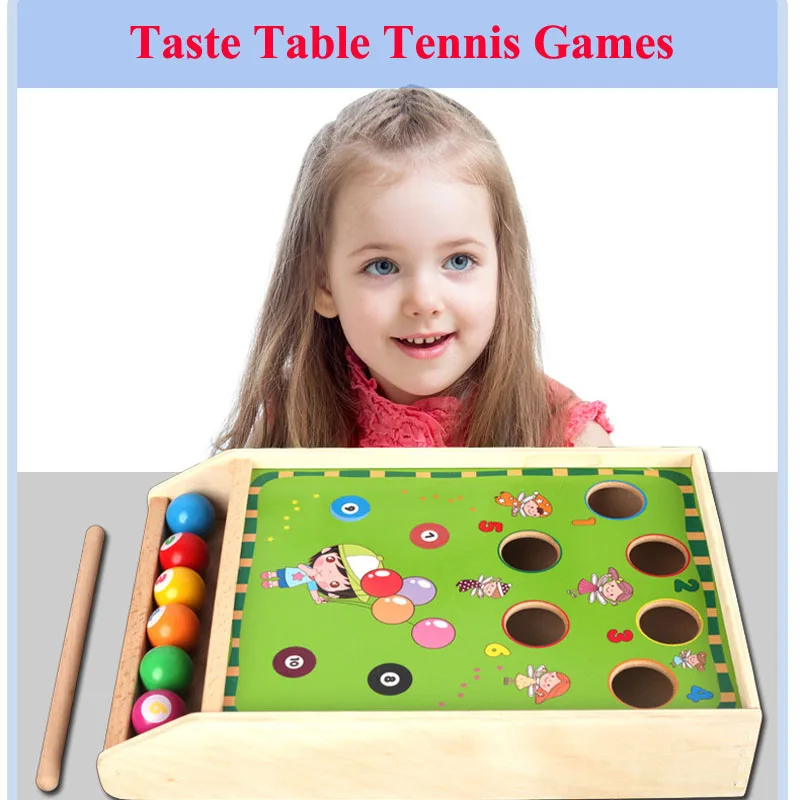
If your little one can't count yet, then our advice will help to teach him. By the age of 4, children will have to master counting up to 10, learn how to act with new numbers.
Mathematics for children. We continue to study the numbers
Math classes with children 3-4 years old introduce new concepts to kids. This age group has its own characteristics. At the age of 3, the visual-effective type of thinking is gradually replaced by a visual-figurative one. Kids learn to perform simple tasks not only with objects, but also with numbers.
It's time to learn to count up to 10. Learning mathematical counting rhymes for the little ones makes the lessons interesting and exciting. In a fun atmosphere, children better remember new numbers, are able to solve the first examples. Using the right games and printouts will help you make friends with math.
Exercises to consolidate counting up to 10
Once your child is good at counting up to 5, move on to the next step.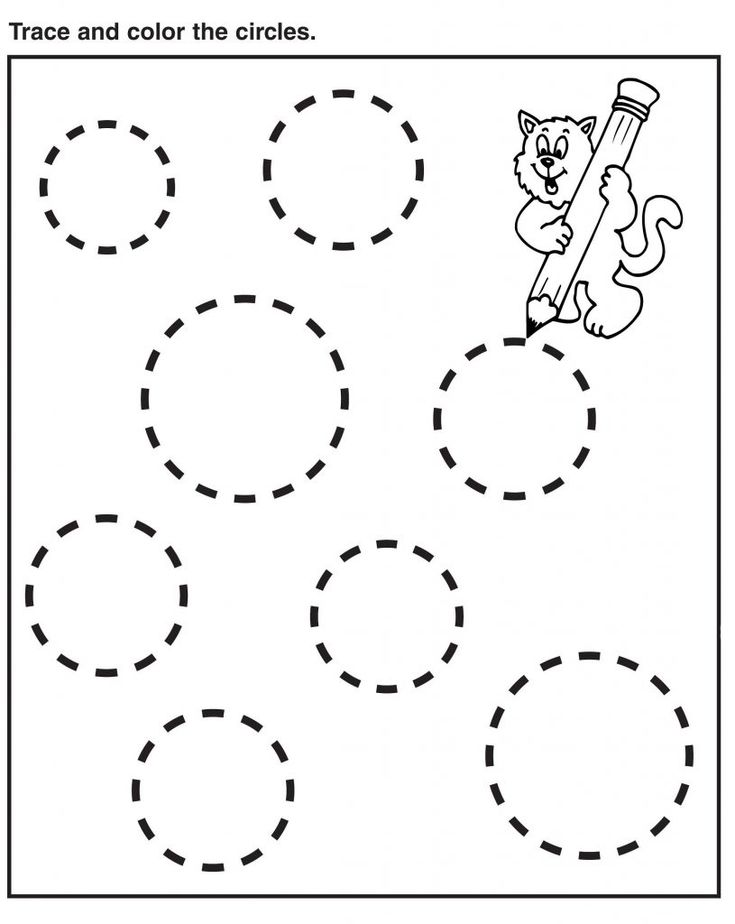 If the baby is still confused in numbers, return to the previous exercises. In mastering the account up to 10, difficulties may arise. This is fine. Repetition of the material, consistency and patience of adults will support the cognitive interest of the baby.
If the baby is still confused in numbers, return to the previous exercises. In mastering the account up to 10, difficulties may arise. This is fine. Repetition of the material, consistency and patience of adults will support the cognitive interest of the baby.
Playing and memorizing the sequence of numbers
Available games and exercises are designed for children 3-4 years old. With their help, the kid will master the quantitative and ordinal count within 10, learn to call neighboring numbers.
Divided pictures
For games, funny pictures are used, cut into equal strips vertically or horizontally. From them you need to make a complete image. The hint is the serial number located on each part.
Sequentially arranging the numbers, the baby will be able to correctly fold the picture. The game forms in children an idea of the whole and the part, teaches counting up to 10, helps to remember the order of numbers.
Back
Next
You can download split pictures on our website.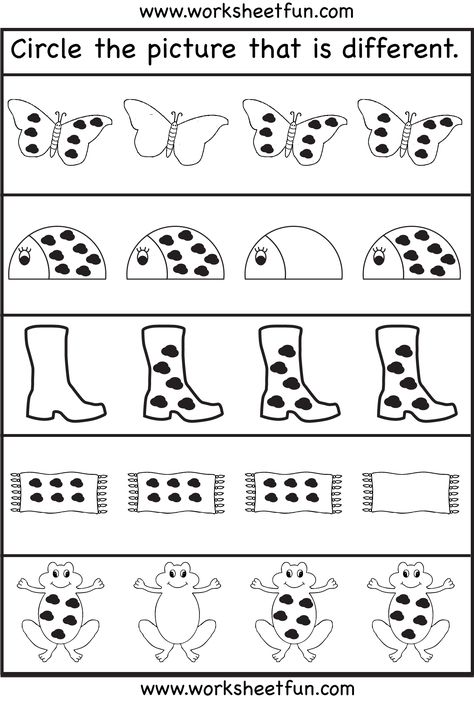
Download 12 pictures
Confusion
Put a bucket with plastic numbers or cards in front of your baby. Tell them that they went for a walk and walked in order one after another. But suddenly a strong wind came up, whirled everyone and mixed up the row.
You need to help the numbers and build them again from 1 to 10. Try it yourself (the child builds a numerical sequence). Ready? Now let's check if the numbers are correct? Count out loud (the baby performs an ordinal count). Well done, that's right (in case of an error, ask to think and correct).
Find neighbors
Have your child build a sequential row of cards with the first ten numbers. Ask what are the neighbors of the number 4 on both sides (answer 3-5), 6 (5-7), 9 (8-10)?
If the task is beyond your strength, ask the neighbor who stands in front of the numbers 6, 8, 10 (answers 5, 7, 9.)
Who knows, let him keep counting
This game is quite difficult, designed for children from 3.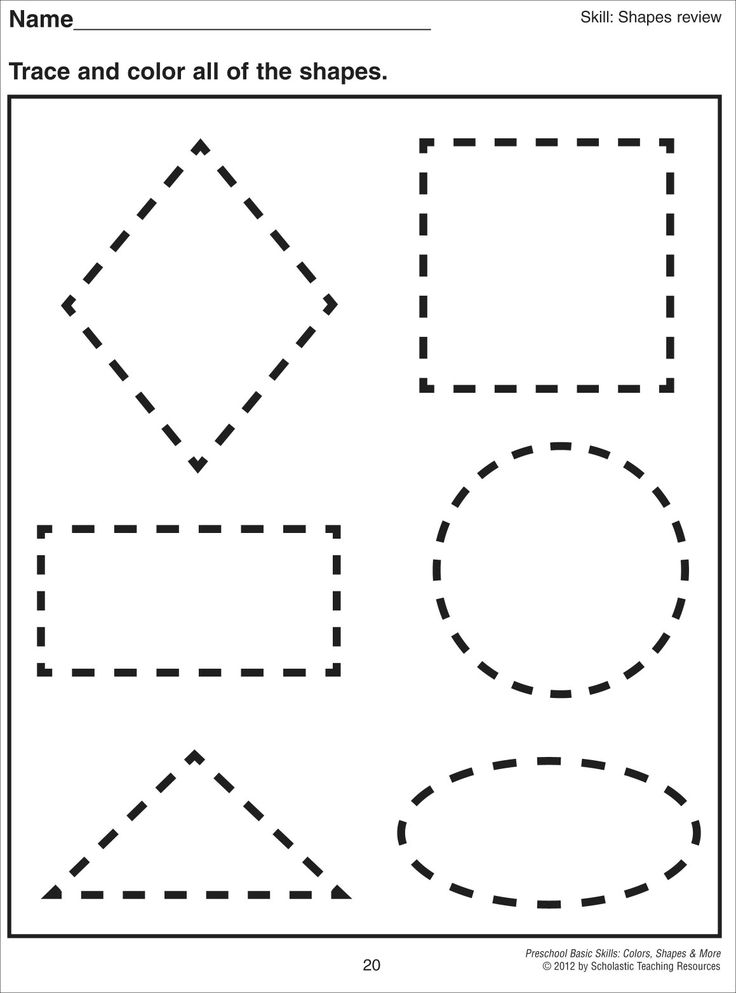 5 years old. One player says any number up to and including 7. The second one needs to name the next 3 numbers. For example: if 2 - then 3, 4, 5, if 4 - 5, 6, 7.
5 years old. One player says any number up to and including 7. The second one needs to name the next 3 numbers. For example: if 2 - then 3, 4, 5, if 4 - 5, 6, 7.
The first number is called by the child, the adult shows how to answer correctly. Then the players switch roles. To make the task easier for the baby, you can use cards with the corresponding numbers for clarity.
Connect the dots
The game helps to remember the sequence of counting up to 10. Give the baby a sheet with dots and numbers from 1 to 10. Ask: “Do you want to know what is drawn here? Then take a pencil and connect the dots in order, from the smallest number to the largest. Say each number out loud.
What is the smallest number? One. So, with what number should I start, show me? That's right, number 1. Go on. Who did you get? Kitten, well done! Now you can color the picture, it will be bright and beautiful. If the child is confused, repeat the ordinal count with him.
You can download pictures for the game on our website under the gallery.
Previous
Next
Download 8 pictures0002 Poems and rhyming rhymes make math fun and entertaining for 3-4 year olds. They can be supplemented with story games or used separately. We offer you to watch a funny musical cartoon-counting.
Toddlers like short counting rhymes because they are easy to remember. Here are some examples.
Counting from 1 to 10
We learned to count.
Well, then we don't know,
Maybe we can count together
Six - we like to eat sweets,
Seven - we help everyone,
Eight - we will not leave friends in trouble.
Nine - learning by five,
Ten - finished counting.
Author A. Metzger
Ten crows
I decided to count the crows:
One, two, three, four, five,
Six - a crow on a pole,
Seven, eight0 - a crow – sat down on a poster,
Nine – feeds crows…
Well, ten is a jackdaw.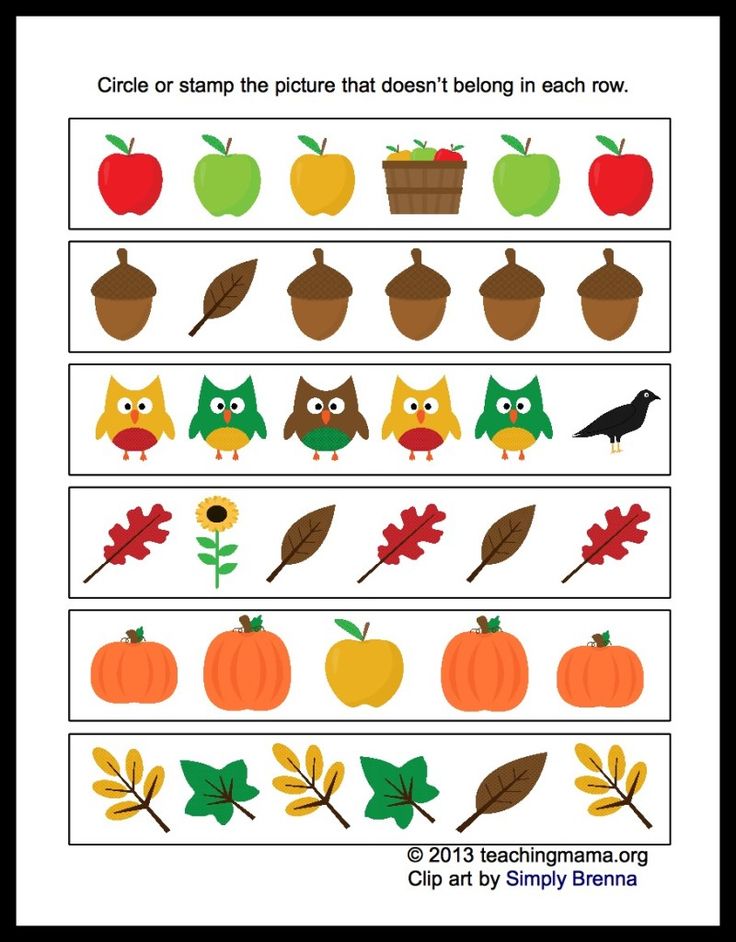
So the counting rhyme is over
(folk)
A popular poem by S. Ya. Marshak will help you remember what the numbers look like and learn how to count them.
“Funny account. From one to ten
Here is one or one,
Very thin, like a knitting needle,
And here is the number two.
Admire how it is:
The deuce arches its neck,
The tail drags behind it.
And behind the deuce - look
The number three appears.
Troika - the third of badges
Consists of two hooks.
Three are followed by four,
Sharp elbow of a bulge.
And then she went dancing
Number five on paper.
Stretched her hand to the right,
Steeply bent her leg.
Number six - door lock:
Hook above, circle below.
Here is a seven - a poker.
She has one leg.
Eight has two rings
Without beginning and end.
Number nine or nine
Circus acrobat:
If you stand on your head,
Number six nine will become.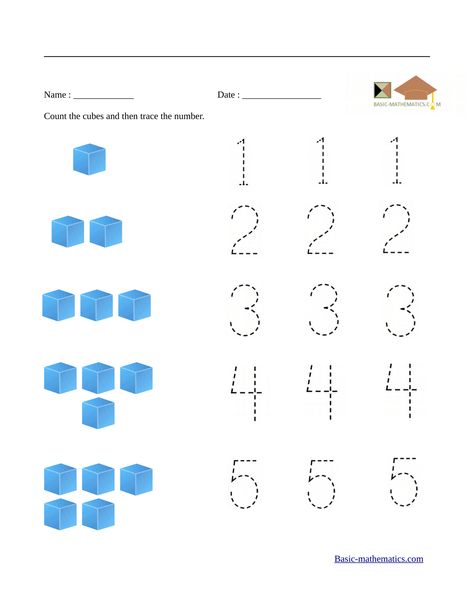
A number like the letter O
This is zero or nothing.
Round zero is so pretty,
But it doesn't mean anything!
If on the left, next to him
Let's put one,
He'll weigh more,
Because that's ten.
These numbers in order
Write in your notebook.
I'm talking about every now
I'll compose a story for you.
S. Marshak
The full version of the book can be bought at the Labyrinth store.
Games for the ratio of numbers and objects
We continue to acquaint the baby with the numbers of the first ten. We teach the child to recognize numbers from 1 to 10 and correlate with the same number of objects. Mathematics classes for children aged 3-4 include more complex tasks than a year ago.
The kid will have to deal not only with real objects, but also with their image on cards or pictures. A selection of available games and printable tasks will make your task easier.
Card games
First you need to consolidate the skills of recognizing new numbers.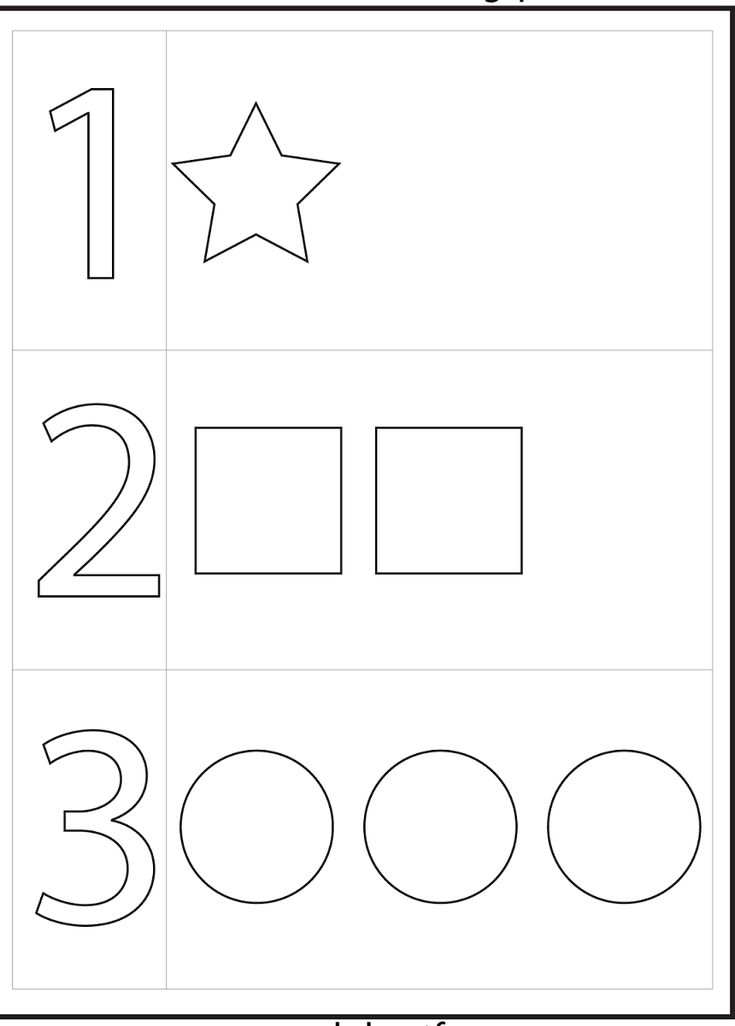 Prepare two types of cards: one with pictures, the other with numbers. To captivate children, participate in the game as equals.
Prepare two types of cards: one with pictures, the other with numbers. To captivate children, participate in the game as equals.
Place the picture cards on the table. Put the numbers from 1 to 10 in a box, put them next to each other. Each participant in turn takes out a card with a number. It is required to find a picture with the same number of objects.
Download cards for game
Fill in the number
You will need special cards for this lesson. These fit well.
If you use a pencil, it will be more interesting. Have your child count the number of items on each card. Ask them to show and circle the appropriate number.
Ask: How many apples are in the picture? (three). Show the number 3. That's right, you can paint over the box.
Download 2 card sheets
Playing shop
Toddlers imitate adults in everything and take part in the game with pleasure. Mom and dad are the buyers, the child is the seller. Use cards with different amounts of fruits, vegetables, toys, nuts. There should be no more than a dozen items in one picture.
Use cards with different amounts of fruits, vegetables, toys, nuts. There should be no more than a dozen items in one picture.
Instead of money, they use cards with numbers from 1 to 10. The buyer comes to the store, gives a card with the number 3 and asks to sell tomatoes. The seller needs to find the goods in the right quantity and hand them to the buyer.
Puzzle games
Toddlers can already make simple puzzles. The skill is useful for doing mathematics with children 3-4 years old. A variety of visual materials and tasks maintains interest in exercises, develops perseverance.
Double puzzles consist of two parts. One shows a number from 1 to 10, the other shows the same number of familiar items (fruits, birds, flowers, circles). By folding the halves, the child learns the ratio of numbers with the number of objects.
Puzzles for classes can be downloaded here.
Download puzzles
Cut the cards printed on the printer along the center line.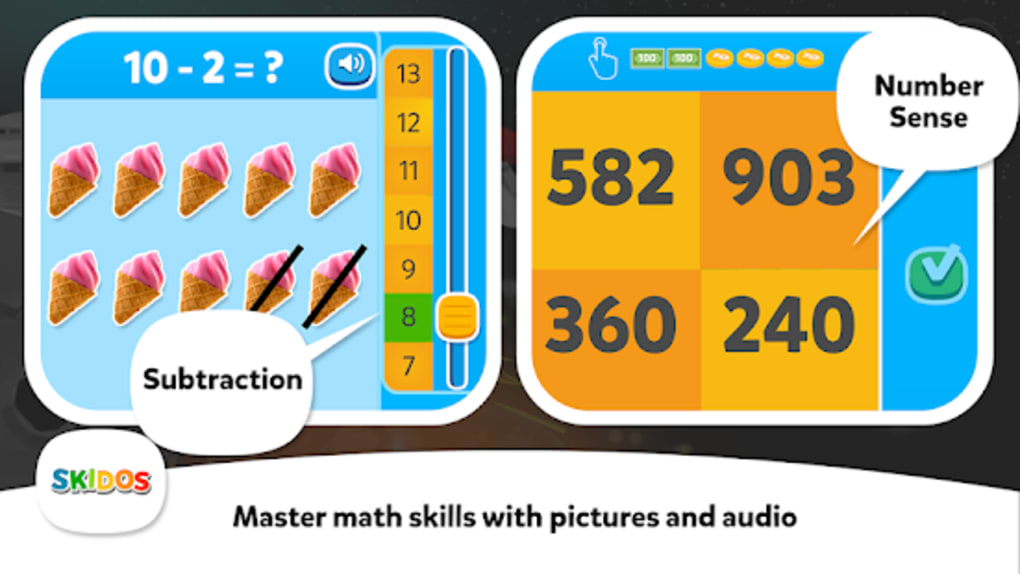 Ask your child to find the matching halves and put together some puzzles. The first version of the game: match the second part to the number. The second is to find a half that matches each picture. It is convenient to use reusable wooden puzzles. They can be bought in the Ozon online store https://www.ozon.ru/context/detail/id/142009091/.
Ask your child to find the matching halves and put together some puzzles. The first version of the game: match the second part to the number. The second is to find a half that matches each picture. It is convenient to use reusable wooden puzzles. They can be bought in the Ozon online store https://www.ozon.ru/context/detail/id/142009091/.
Learning to compare “How much more to how much less”
During the math classes from 2 to 3 years old, the kid learned to compare aggregates. He knows how to operate with the concepts of “more, less, equally”. At 3.5 years old, the child is able to determine the difference in numerical terms, to count how many items are more or less. You can develop the skill in everyday games with practical examples.
Treat your friends
3 toys came to visit us: a bunny, a clown and a tumbler. You need to give them candy. Take it out of the vase. How many sweets do we have (4)? Which is more - sweets or toys (candy).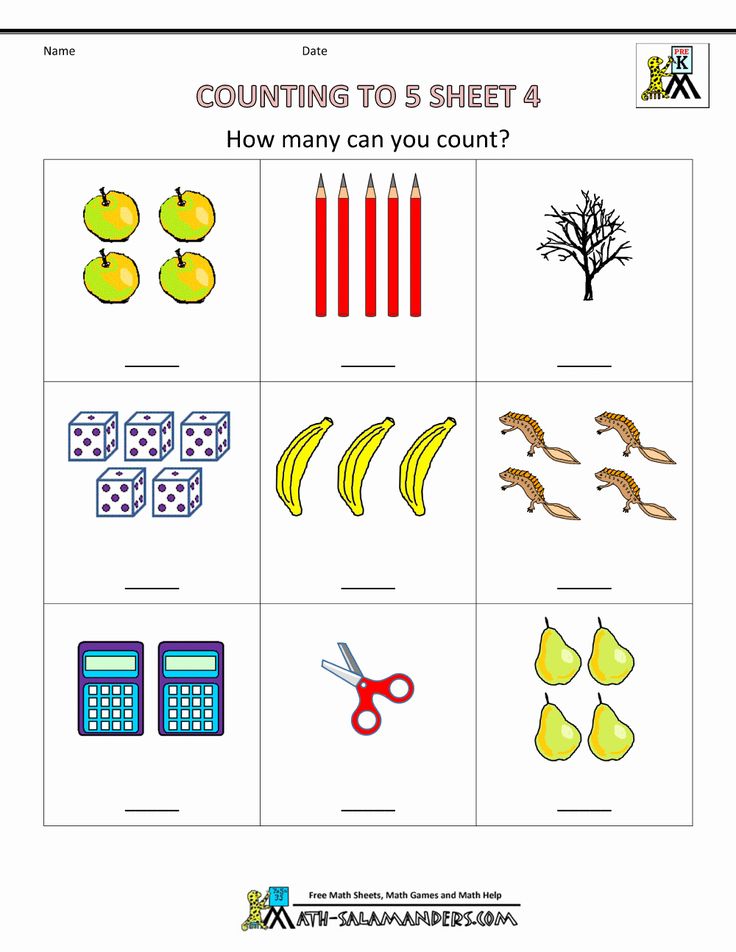 How much more (one)? Well done, she'll get you.
How much more (one)? Well done, she'll get you.
Cards can still be used for games. Feed the squirrels with cones. Lay out 4 cards with the image of squirrels, and under them 3 cones. Ask the baby: “Did all the squirrels have enough cones? Not? Who didn't have enough? And let's make squirrels and cones equally?
Lay out a different number of cards each time and let the baby feed all the animals. Download cards for the game on our website.
Download cards
Compare cards
During the day, between times, show the baby two cards with different numbers of objects. Ask where are more items? How much? Where is less? The child will learn to compare groups and determine the difference in their number.
For children 3-4 years old, you can already use different types of images: figurative pictures and geometric shapes. Let's say there are 3 carrots on one card, and 2 mugs on the second. Or 1 square and 5 chickens and so on. The task of the game is to teach the child to see the quantitative difference, regardless of the characteristics of the objects.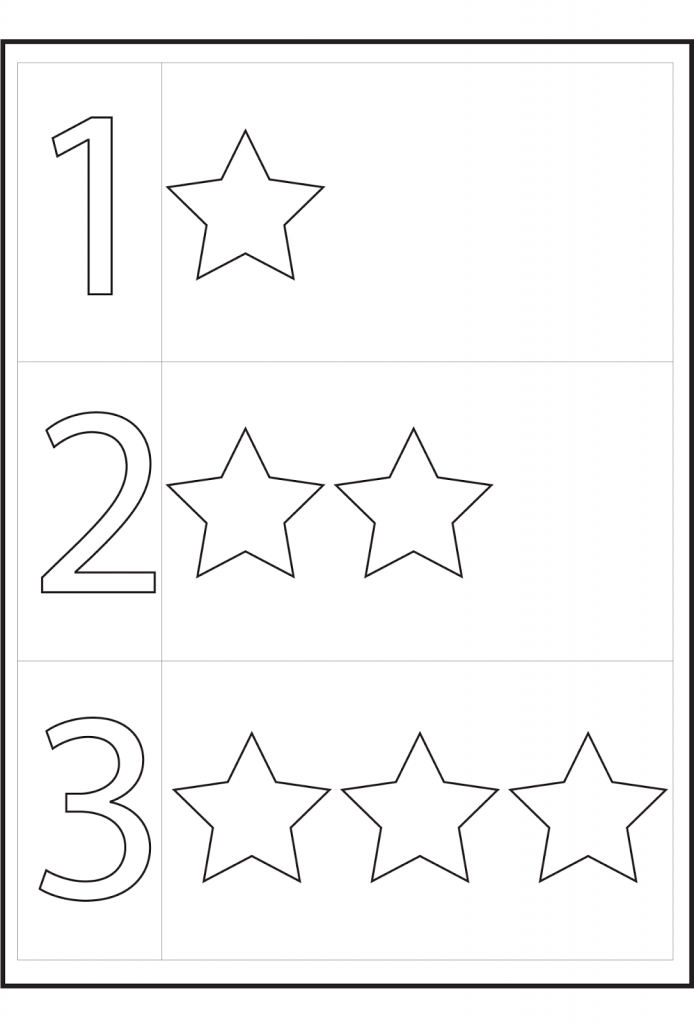
Who is more
An adult says: “Girls and boys are walking in the yard. Instead of boys, there will be squares, instead of girls, circles (puts 6 squares and 4 circles mixed on the table). How many guys are there? And which of them is more? How much?
Tell the child that it is easy to find out if you arrange the figures in 2 rows, one under the other. How many fewer girls than boys? And now make sure that they were equally.
It happens that it is difficult for a baby to determine the numerical difference. In this case, change the tasks to simpler "Greater than, less than or equal to." Cards for the game “One-many” can be downloaded in the article “Mathematics for kids 2-3 years old. Learning numbers and learning to count.”
First addition and subtraction examples. Learning to equalize objects
Examples in mathematics for children 3-4 years old introduce simple arithmetic operations. The child learns new words: subtract, subtract or add, add, learns to use them.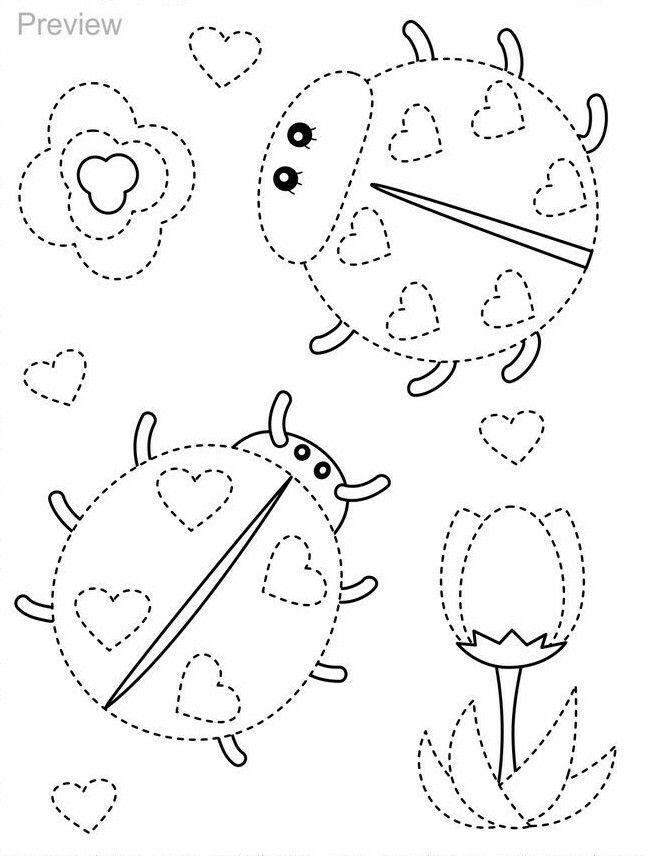
For the first lessons, any compact objects are suitable - nuts, buttons, pebbles, toys. Then move on to the exercises with pictures or cards. For example, like this.
Comparing rows of objects, the baby gets a visual representation of the difference in quantity and fixes the score to 10.
You can take the buttons, and for clarity we will use cards with apples and pears. If you also want to play with the cards, you can download them here.
Have the baby lay out two rows of buttons, one below the other. For the top you need to take 6 white buttons, for the bottom - 4 red ones.
Give the task to make the rows the same or equal. The child will make several attempts and find the right solution.
Tell me that you can equalize items in different ways. One of them is subtraction. We take away where there are more items. The other is addition, we add where it is less.
Remove 2 apples
Add 2 pears
Let the child try both methods, commenting on his actions: “There are more white buttons than red ones.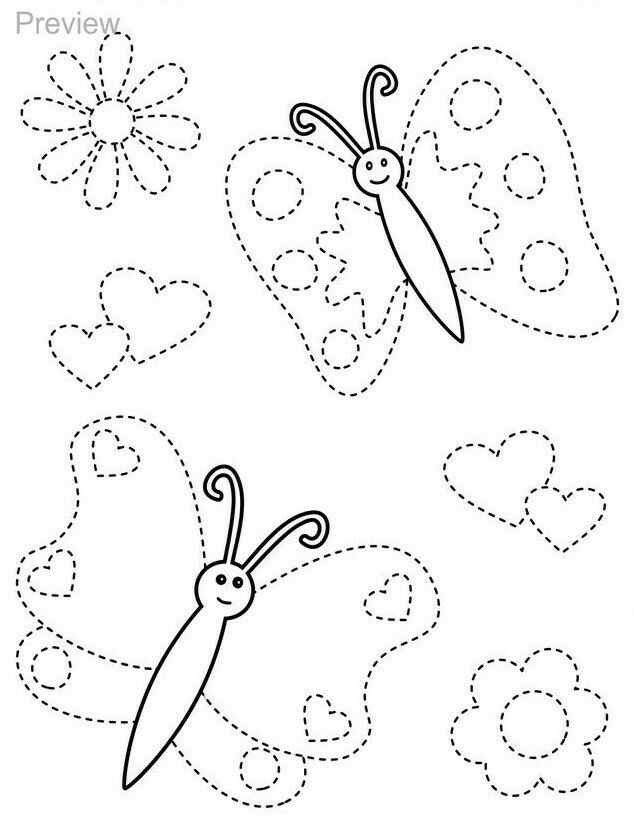 You have to take two. Now it's even." By completing tasks, the kid will get acquainted with the basic mathematical concepts in an accessible game form. When the child learns to solve examples with two rows, add a third.
You have to take two. Now it's even." By completing tasks, the kid will get acquainted with the basic mathematical concepts in an accessible game form. When the child learns to solve examples with two rows, add a third.
Exercises with examples instill in young children an interest in mathematics, form the initial computing skills.
In conclusion, we note that doing mathematics with children 3-4 years old is not at all difficult. This is within the power of every parent and takes a little time: only half an hour a day. Focus on the age of the baby, do not skimp on praise, encourage effort and the result will please you.
Mathematics for kids 2-3 years old. Learning to count. Games and exercises.
What should be the math for kids 2-3 years old? Fun and exciting! Entertaining games develop a child's interest in counting, numbers, simple mathematical operations. Your patience, imagination and perseverance will be the key to success.
Audio version of the article "MATHEMATICS FOR KIDS 2-3 YEARS" The audio tag is not supported by your browser.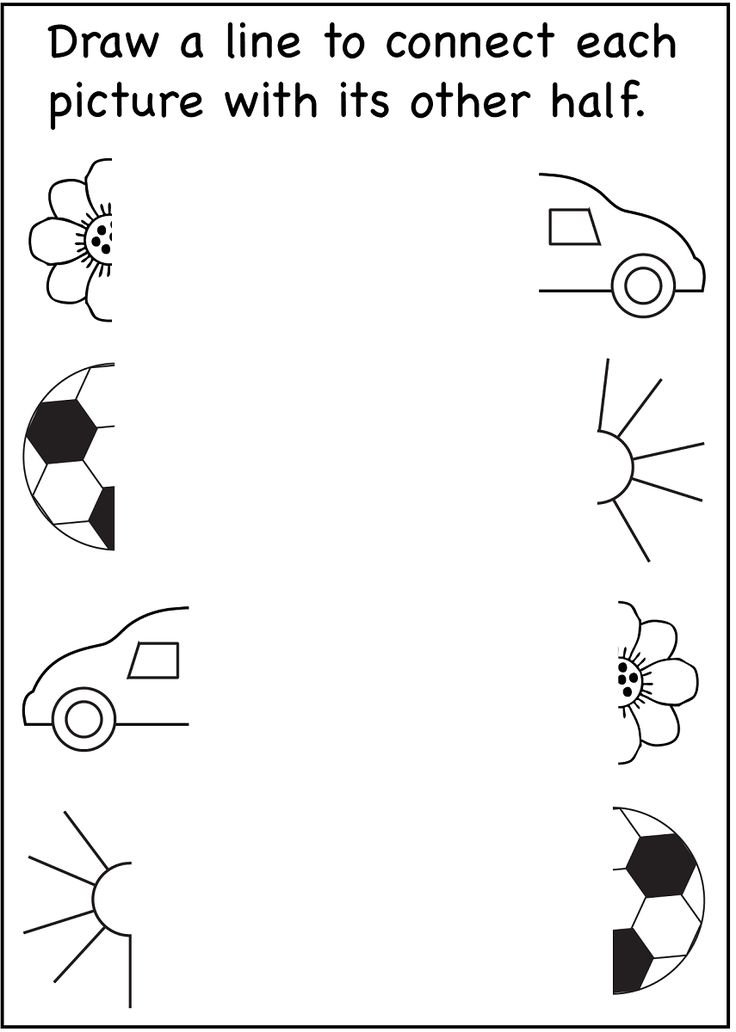 Download. MATHEMATICS FOR KIDS 2-3 YEARS
Download. MATHEMATICS FOR KIDS 2-3 YEARS
Contents
Mathematics for children. How to start learning numbers
One-to-Many Math Game
Learning to Compare Greater, Less, Equals
- Butterflies on Daisies
- Bunnies with Carrots
Counting Games 0 23 903 Ratio numbers and objects
- Numbers and cubes
- "Lost"
- Fun exercise
First examples. Learning to add and subtract
Toddlers are very active in learning about the world around them and absorbing new knowledge like a sponge. It is important to feed this attraction, but at the same time not to overload the child. The age of 2-3 years is the time to consolidate knowledge and get acquainted with colors, shapes and quantities.
The task of parents is to help the child learn to understand numbers and visualize them clearly. For example, what is “five pears”, is it more or less than three, etc. We have prepared interesting games for fixing the score, comparison, as well as the ratio of numbers and objects. Open the fascinating world of mathematics to your child.
Open the fascinating world of mathematics to your child.
Mathematics for children. Where to start learning numbers
From the age of two, children's thinking develops at a rapid pace. It's time to introduce your child to simple mathematical concepts and counting. Kids already know a lot of geometric shapes, have an idea about the shape and size. Developing games and exercises will help to make friends with numbers and figures.
If you study regularly, then by the age of three you will be able to develop the first mathematical skills:
- baby will learn sequential counting from one to five;
- will understand the difference between "one" and "many";
- learn what the words “more, less, equally” mean, get used to comparing groups of objects;
- will remember the graphic representation of the first five digits, be able to recognize them on the cards and compare them with the quantity;
- recognize the signs “+” and “―”, learn how to perform simple addition and subtraction examples.
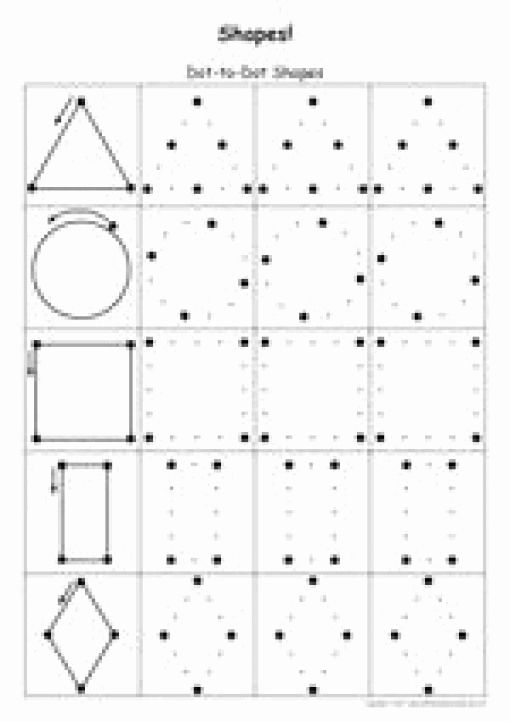
At first, the baby learns to count objects by pointing or touching them. So it is easier to join the visual-figurative thinking. To make counting a habit, ask your child to help you. Let him bring a certain number of spoons, apples, socks.
An indispensable condition for success is the good mood of the child and mother, praise for the efforts of the crumbs. Noticing signs of fatigue, take a break: let the baby jump, run, rest. A quarter of an hour a day is enough for casual activities.
One-to-many math game
By the age of 2, children already know the word “many” and understand what it means. It's time to teach your baby to compare different numbers of objects. As a result of the game, the child should form an idea of how “one” differs from “many”.
Give the child a basket with five balls or marbles. Ask: What is in the basket? (balls). How many balls? (a lot of). I'll take one ball. You, too, take one ball. How many balls do you have? (one).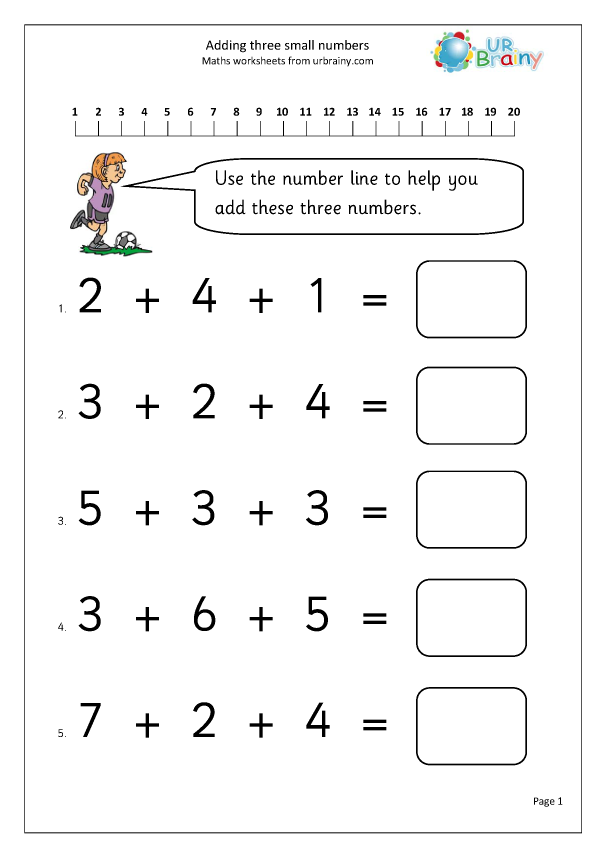
Let's give one ball to the bear and one to the duck. How many balls are left in the basket? (one). How many were there at the beginning of the game? (a lot of).
“There were a lot of balls in the basket, but there was only one left. Now we will collect all the balls in the basket. Put your ball in there. Take another ball from me. Take the balls from the bear and the duckling." The kid collects balls. “There was one ball in the basket, but how much is it now?” (a lot of).
To fix the mathematical concepts “one” and “many” in children's memory, use everyday situations more often: “How many apples are on the table - one or many? (one). What about nuts? (a lot of)".
Use cards with pictures of one or more familiar objects: fruits, vegetables, geometric shapes. First, ask the child to find pictures with one object. Then change the task: you need to show cards where many objects are drawn.
back
next
You can download all the pictures from the gallery by clicking on the button below.
Download pictures
Learning to compare "More, less, equal"
We continue to introduce the kid to mathematics. Next in line are games and exercises with comparison of populations. Comparing the number of objects, the child learns to determine the difference: less, more or the same.
Butterflies on Daisies
Draw a row of five large daisies on a piece of paper. Cut out 5 paper butterflies or use pre-made ones. Sit the baby at the table and start the game.
“Daisies have grown in the meadow. How many? Let's count. Well done three.
Beautiful butterflies have arrived. Count how many butterflies? That's right, four. Each butterfly sat on a chamomile (put three butterflies on the flowers, and the fourth one next to it). Look, one butterfly was not enough flower.
Think about why it happened? What do we have more, butterflies or daisies? Well done, there are more butterflies - 4, and fewer flowers - 3 (show cards with numbers).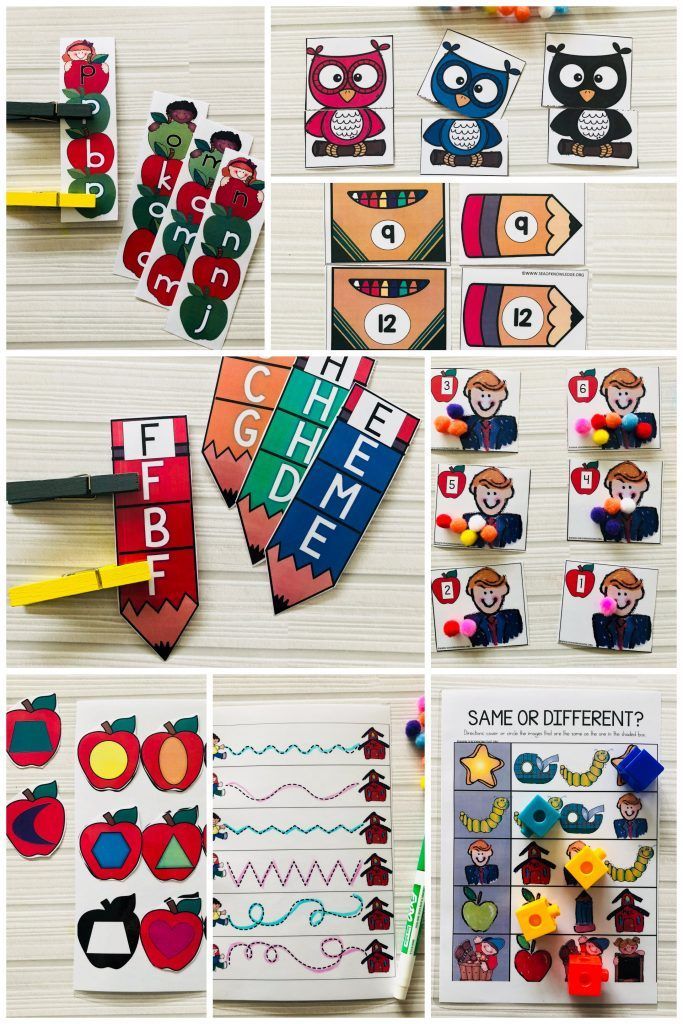 Repeat after me.
Repeat after me.
Look, one butterfly has flown away. How much is left? That's right, 3. What about flowers? Also 3. Now there are as many daisies as butterflies.
Another butterfly has flown away. Now what is more, flowers or butterflies? More flowers, well done.
How many daisies? Three. And there are 2 butterflies, one less. What needs to be done to make flowers and butterflies equally? That's right, remove one chamomile.
When saying numbers, show cards with the correct numbers. As the game progresses, ask the baby to repeat new words: more, less, equally, the same.
Bunnies with carrots
The game reinforces the skills of counting and quantitative comparison. Designed for children 2, 5-3 years old. Our task is to teach kids how to establish equality between groups of objects.
You will need images of five identical hares and five carrots, a sheet of paper. Draw one under the other 2 parallel lines. The distance between them should be sufficient to accommodate the figures.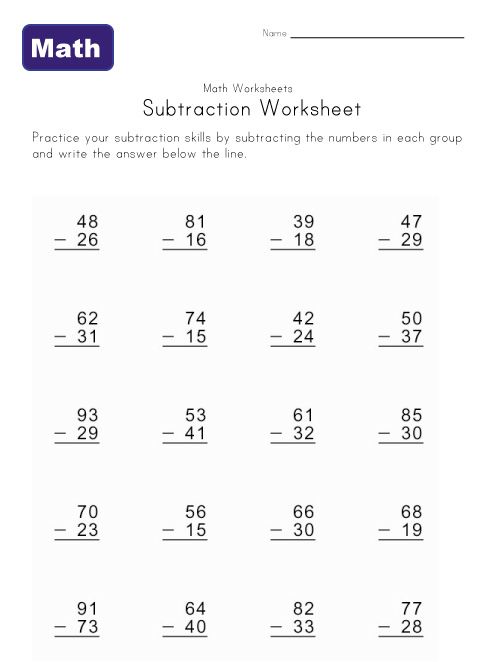
Have your child place 4 bunnies on the top line and 5 carrots on the bottom line. Make sure that the figures are located exactly one under the other.
This makes it easier for the child to determine the difference in the number of objects.
Ask your child what is more - hares or carrots? Offer to count. What can be done to make them equal? That's right, remove 1 carrot.
And if you don't remove the carrot, how can you make it equal? That's right, plant another bunny. How many rabbits are there now? Five. What about carrots? Five. What more? That's right, they are equal.
Such games and exercises teach the baby to operate with the concepts of "greater than, less than, equal to".
Exercises for Consolidating Counting to 5
Start your training with sequential counting within five. Remember that the purpose of classes is to captivate the baby with mathematics. To maintain interest, we learn to count casually.
Let's ask the child to help in the kitchen: “We'll have lunch soon.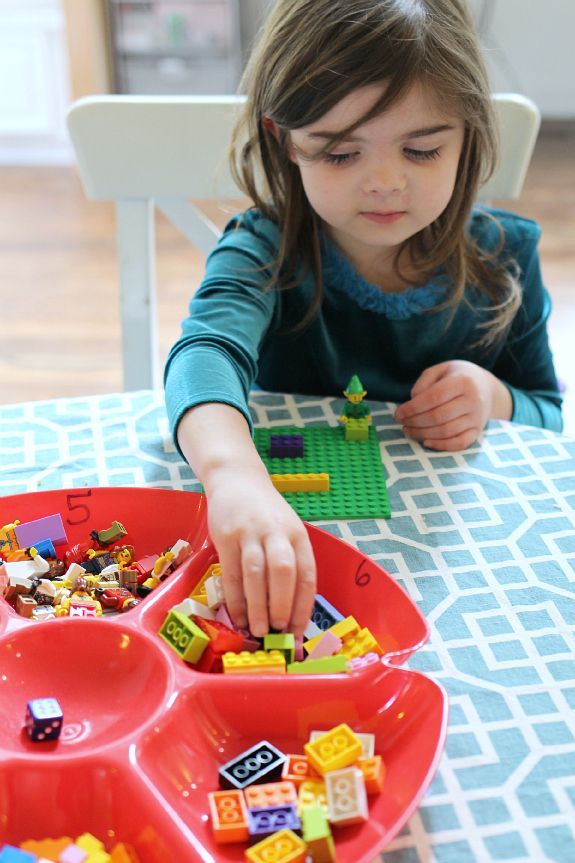 Who will sit at the table? Anya - one, dad - two, mom - three, grandfather - 4, grandmother - 5. Repeat after me. Help mom, get 5 large spoons from the tray so that everyone has one spoon.
Who will sit at the table? Anya - one, dad - two, mom - three, grandfather - 4, grandmother - 5. Repeat after me. Help mom, get 5 large spoons from the tray so that everyone has one spoon.
Young children willingly imitate the actions of their mother. Helping around the house, the kids at the same time reinforce the skills of mental counting.
Show your baby how to count fingers. Children like rhyming counting rhymes: "One, two, three, four, five, let's count our fingers!".
Do your counting whenever possible. Count toys, spoons, fruits, animals in a book, cars in the yard. Don't forget that math for 2-3 year olds is supposed to be fun.
Little children love entertaining games:
1. The dog wants to go for a walk, but Masha is sleeping. The dog wakes up the girl, jumps and barks: woof-woof! How many times has the dog barked? Show on your fingers. Repeat for several variations.
2. The kitten is calling its mother. Take a soft toy and say "meow" 4 times.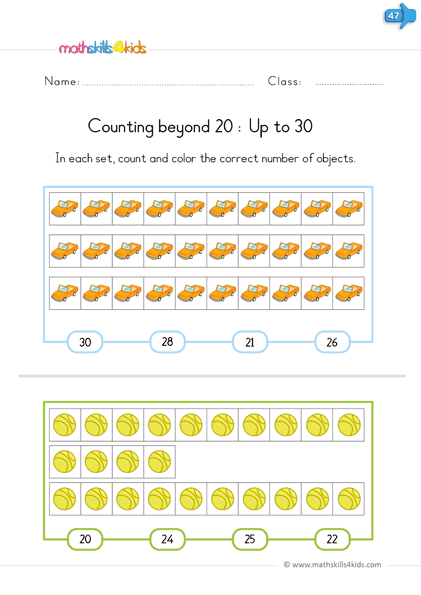 How many times did the kitten meow? Show 4 fingers.
How many times did the kitten meow? Show 4 fingers.
Teach your child to show numbers in different ways. Explain that the number 5 can be shown on one palm or otherwise: 3 fingers on the right hand, and 2 on the left. So the baby learns that numbers are decomposed into component parts. In the future, this will help solve examples for addition and subtraction.
Games for the ratio of numbers and objects
It is convenient to introduce your baby to numbers while walking. Show and call the numbers of houses, cars, apartments. So the child will quickly remember the graphic image and the names of the numbers.
The next task is more difficult. You have to figure out how many items are hidden behind each number. Place in a conspicuous place a table or cards with large numbers, supplemented with images of familiar objects in the right amount.
Pictures must be uniform, eg squares. One square will be drawn next to the number 1, two squares near the two, and so on.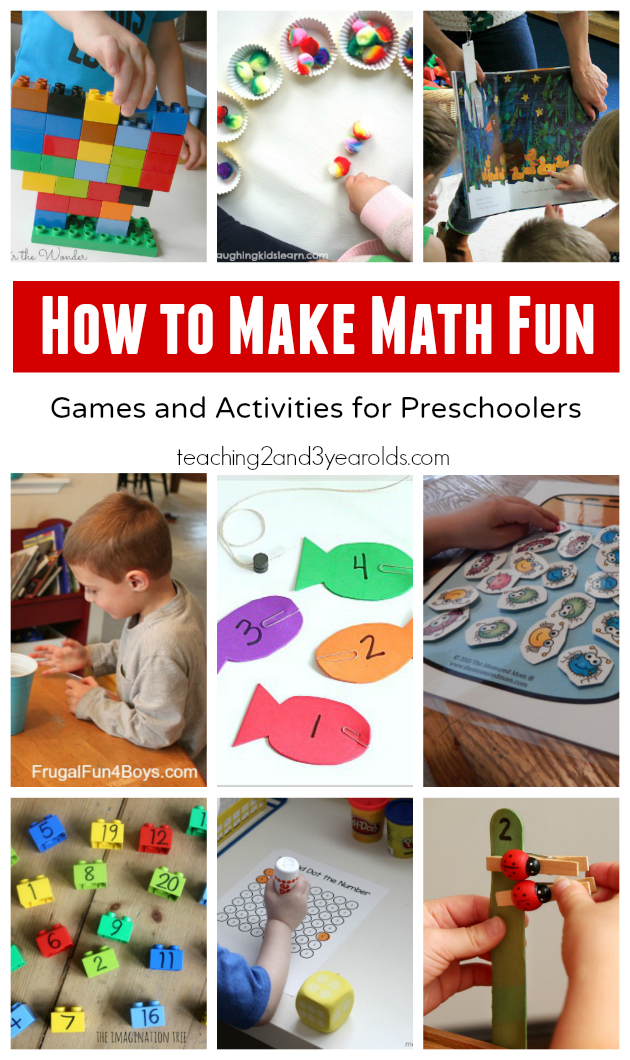 Pay your child's attention to these images more often. Gradually, the child will understand the connection of numbers with the number of objects. Additionally, educational games and exercises will help.
Pay your child's attention to these images more often. Gradually, the child will understand the connection of numbers with the number of objects. Additionally, educational games and exercises will help.
Numbers and blocks
Show the child a card with the number 1, ask for one block. Continue to number 3. The child needs to count and bring the correct number of cubes. Show how to complete the task.
If there are no difficulties, go to the count up to 5. With the help of a simple exercise, the baby will learn to correlate the number of objects with the number. It is convenient to use magnetic numbers that are attached to the refrigerator or a special board.
"Lost"
You will need numbers from 1 to 5 on cards or made of thick material. The game is played on a children's rug. Lay out piles of any small items in advance: pebbles, nuts, balls.
Explain to the child that the numbers are lost, they cannot find their place, they need help.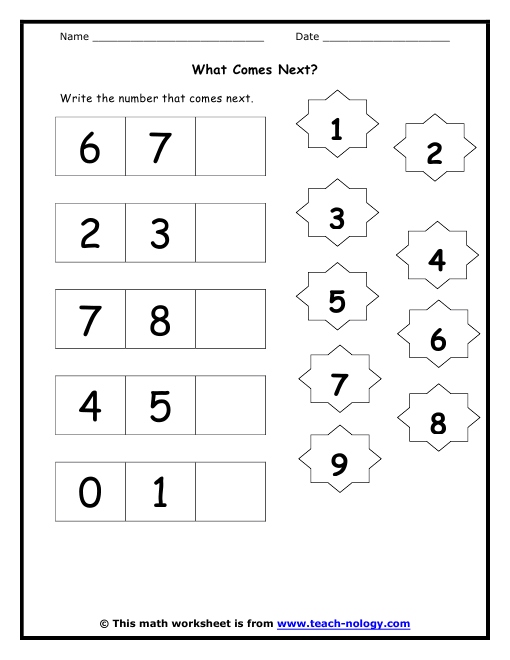 Instruct your child to find the pile corresponding to each number and place the “lost” next to it.
Instruct your child to find the pile corresponding to each number and place the “lost” next to it.
Cheerful exercise
We've had a good workout, it's time to exercise. Mom shows cards with numbers and gives tasks: number 3 - you need to jump 3 times, 2 - squat down and so on, up to number 5.
First examples. Learning to add and subtract
The kid already knows how to count up to 5, correctly recognizes numbers, knows the concepts of "more", "less", "equal". It's time to get acquainted with the first arithmetic operations: addition, subtraction, plus and minus signs. As before, we learn to count through the game.
To prepare your child for classes, introduce new words into everyday use: add, subtract, become more/less. Let's say a kid collects beautiful pebbles on a walk.
Mom asks: “Show me how many stones you have? (3). I will add one more, there will be more pebbles. How much did it turn out? (four). We put together 3 pebbles and 1 pebble.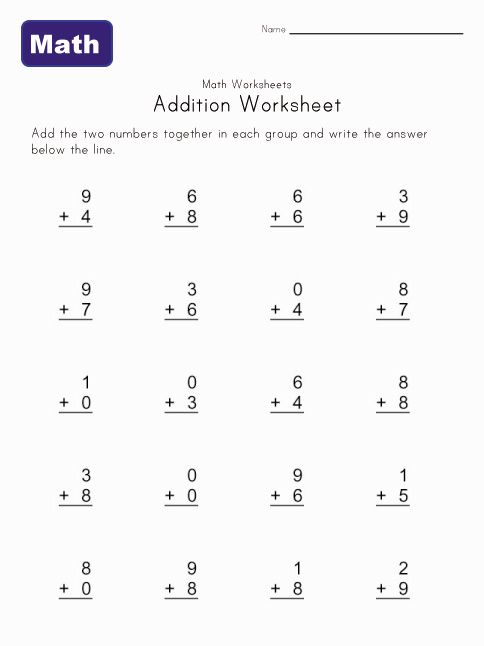 There are 4 in total. And if I take away 2 pebbles, how many will remain? (2). Pebbles became 2 less”.
There are 4 in total. And if I take away 2 pebbles, how many will remain? (2). Pebbles became 2 less”.
Use 5 items of the same type in class: nuts, candy, buttons, or cubes. Prepare cards with numbers up to 5 and signs "+" and "-".
Mom says to the baby: “To learn how to count like mom and dad, you need to know numbers and signs. We are already familiar with the numbers. Three major signs arrived today. Their names are Plus, Minus and Equals. A truck drives up, in the back there are cards with images of signs.
“Look how you can play with signs. Plus, he likes to add everything up, he likes to add, to do more. For the child to remember the name of the sign, read the rhyme: “Plus will help us play, add and add!”.
Place 2 cubes side by side. Ask the baby: “How many cubes are on the table? (2). Now I will put the Plus sign, and you add 1 more cube. Are there more or less cubes? (More). How much more? (On 1). Now let's put an equal sign, it will show what we got.